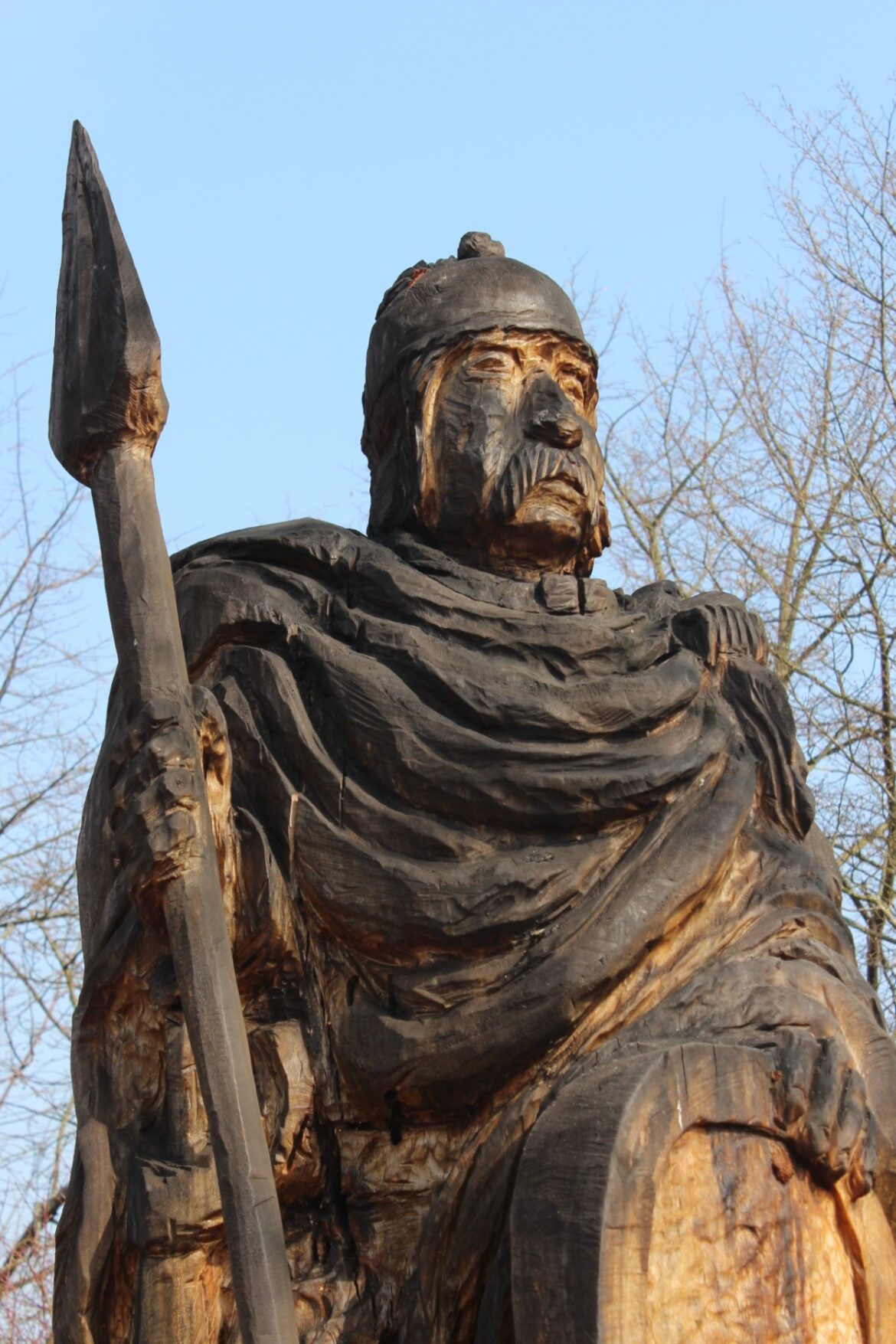Throughout history, the Roman Catholic Church has stood as a venerable institution, deeply intertwined with the tapestry of Christian tradition. Its origins are not merely a matter of ecclesiastical contention but evoke a sense of curiosity that transcends centuries of theological evolution. As one delves into the annals of the Church’s history, an intricate timeline unfolds, revealing a rich heritage anchored in both faith and cultural evolution. This timeline captures the essence of an institution that has persisted through epochs of change, scandal, and renewal.
Beginning in the 1st century, the genesis of the Roman Catholic Church is traditionally linked to the ministry of Jesus Christ and the Apostolic foundation rife with significance. Following the crucifixion, resurrection, and ascension of Christ, His apostles, particularly Peter, are deemed the church’s progenitors. Peter is often referred to as the first Pope, establishing a line of papal succession that remains central to Catholic theology. This pivotal moment marks the birth of an enduring institution—an ecclesial body that sought to propagate the teachings of Christ against an often-hostile backdrop of Roman governance.
In the ensuing decades, the nascent Church faced persecution. Notable martyrs, such as Stephen and the Apostle Paul, exemplified the early Christian resolve amidst tribulation. By the early 4th century, Emperor Constantine’s Edict of Milan (AD 313) marked a watershed moment by granting religious tolerance for Christianity, thereby facilitating the Church’s rapid expansion. The First Council of Nicaea (AD 325) would later codify essential doctrines, including the Nicene Creed, establishing a cohesive statement of faith and addressing the Arian controversy that threatened early Christianity’s theological unity.
Moving into the Middle Ages, the Roman Catholic Church became a potent socio-political entity. The fall of the Western Roman Empire in AD 476 did not signify the Church’s collapse; rather, it became the bastion of stability during the ensuing chaos of the Dark Ages. The Papacy, represented by figures like Pope Gregory I and Pope Leo III, emerged as a pivotal authority, wielding significant influence not just spiritually but also politically. This period was marked by a profound intertwining of faith and governance, as the Church partook in the anointment of kings and played a crucial role in the Crusades, which were partly fueled by the desire to recapture sacred sites and assert Christian dominance.
The 14th and 15th centuries heralded an era of great tumult and transformation. The Western Schism (1378-1417) divined a crisis of legitimacy within the Papacy itself, as rival claimants occupied the Holy See, fragmenting the Church’s authority. This turmoil set the stage for the Renaissance, where an influx of classical knowledge and humanistic ideals prompted reflections on faith and reason. Scholars like Erasmus and reformers such as Martin Luther catalyzed profound theological discourse that would culminate in the Protestant Reformation in the 16th century. Luther’s Ninety-Five Theses (1517) encapsulated grievances against Church practices, prompting an ecclesial rift that reshaped Western Christianity forever.
In response to the Reformation, the Roman Catholic Church convened the Council of Trent (1545-1563), a pivotal event in the Counter-Reformation. The council sought to address doctrinal errors exposed by reformers and to initiate a series of reforms aimed at internal corruption and clerical abuses. This period not only reaffirmed key Catholic doctrines but also fostered a renewed emphasis on education, leading to the establishment of seminaries and the flourishing of the Jesuit order, known for their commitment to scholarship, education, and missionary work.
The subsequent centuries witnessed the Church’s adaptation to modernity. The 19th and 20th centuries were characterized by profound societal changes, from industrialization to the rise of secular ideologies. Popes like Pius IX and Leo XIII navigated the complexities of modernity, issuing encyclicals that addressed social justice, capitalism, and the moral responsibilities of the faithful. The First Vatican Council (1869-1870) defined papal infallibility, asserting the Pope’s authority in matters of doctrine—a significant consolidation that further solidified the Church’s hierarchical structure amidst growing dissent and secularism.
As the 20th century unfolded, the Roman Catholic Church faced global conflict and sociopolitical upheaval. The Second Vatican Council (1962-1965) represented a seismic shift in the Church’s approach toward modernity, emphasizing ecumenism, inter-religious dialogue, and engagement with contemporary society. This paradigm shift opened pathways for greater collaboration with other denominations and faiths, attempting to address the evolving spiritual needs of a diverse laity. The post-conciliar Church has continued to grapple with complex issues, including secularism, moral relativism, and the challenge of maintaining doctrinal integrity while engaging with a rapidly changing world.
Today, as we reflect on the question of how old the Roman Catholic Church is, we encounter complexities that extend far beyond a mere chronological framework. The Church’s trajectory from the Apostolic era to the present is characterized by an enduring commitment to its foundational tenets, while simultaneously navigating the vicissitudes of history. Thus, while the Catholic Church is rooted in the teachings of Christ and the Apostles, its identity is equally shaped by the myriad cultural and historical interactions that have defined its existence over the centuries.
In conclusion, the immense age of the Roman Catholic Church is not just a testament to its historical endurance but also a reflection of its adaptive nature. The deep reverence for tradition and the ongoing pursuit of faith amidst changing landscapes have fascinated believers and scholars alike. As one contemplates its legacy, it becomes evident that the Church’s narrative is a confluence of divine inspiration and human endeavor, truly making it a profound aspect of world history and an enduring testament to the Christian faith.



